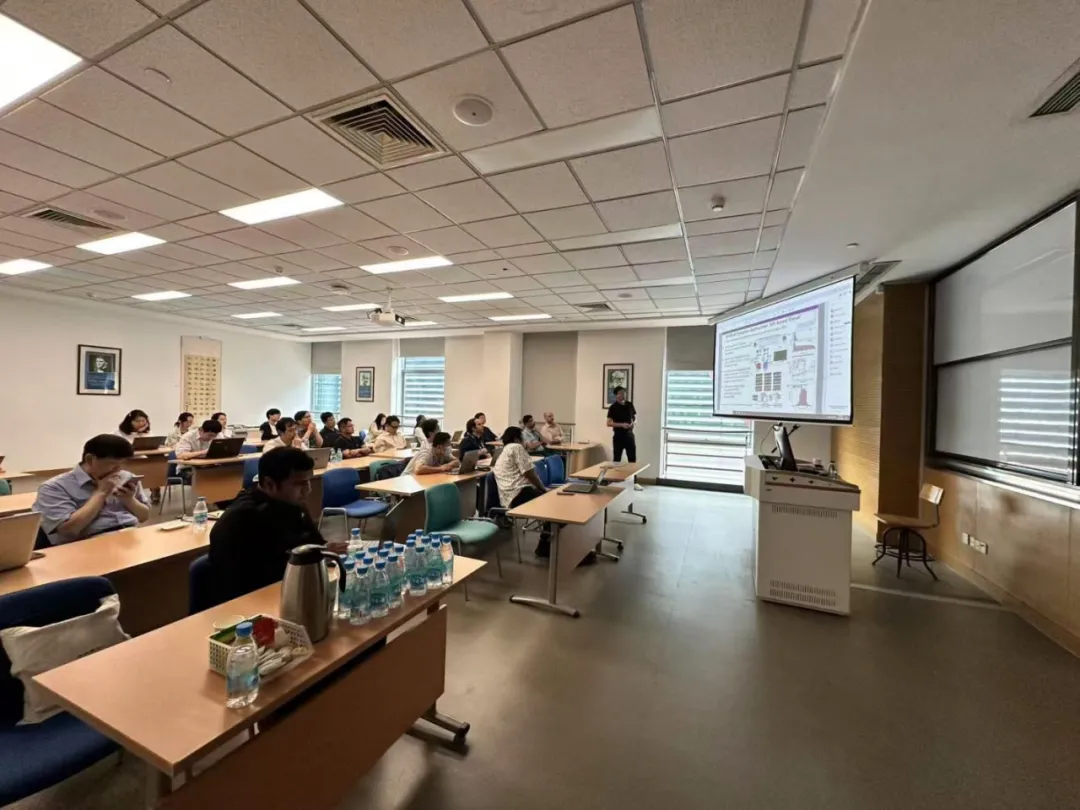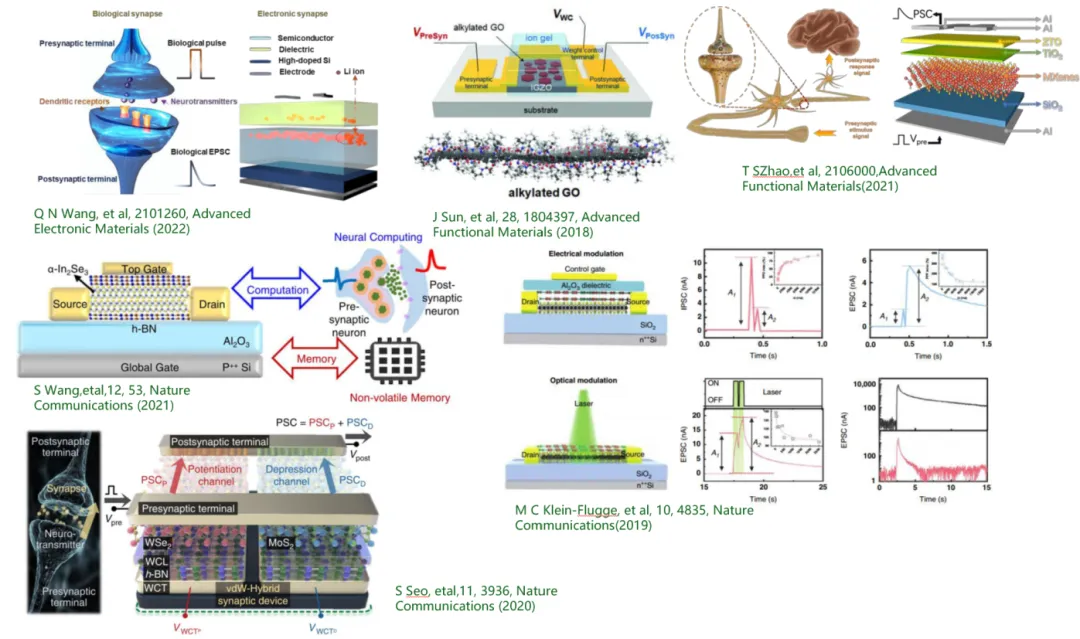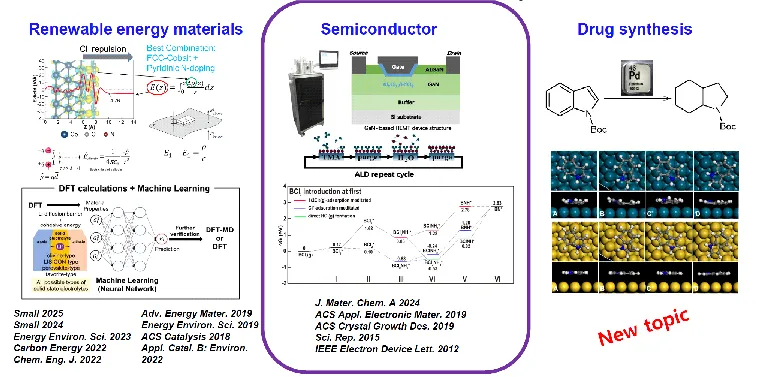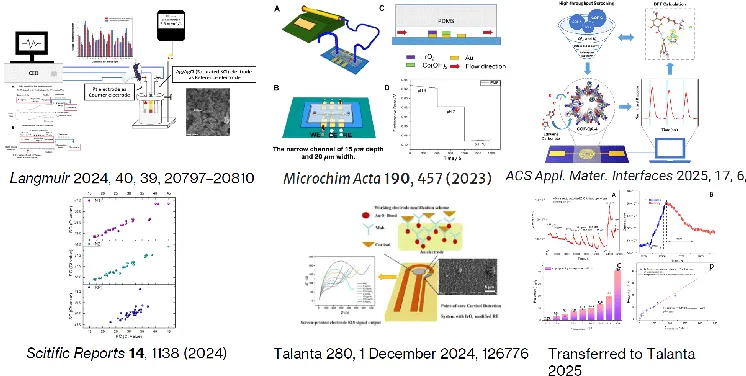26 Jun 2025
Founded in 2024, the Advanced Materials Research Center (AMRC) is an interdisciplinary, university wide research platform with active participation and key contributions made by the School of Science at XJTLU. It is dedicated to advancing global solutions through pioneering research in materials science. With a focus on interdisciplinary collaboration across campus and international engagement, AMRC supports joint training, cross-border research projects, and mentorship opportunities that nurture the next generation of global scientific leaders.
Symposium Highlights
On May 27, 2025, we proudly hosted the “AMRC Semi-Annual Symposium 2025” on XJTLU’s North Campus. This signature event gathered postgraduate researchers (PGRs) and faculty members from across academic units at XJTLU to exchange insights, present research progress, and explore new funding opportunities, fostering a dynamic community of knowledge-sharing and collaboration.

Opening Ceremony
The symposium began with warm welcome speeches from university leaders: Prof. John Moraros, Dean of the School of Science (SCI) and Prof. Li Yang, Director of AMRC and Symposium Chair. Prof. John Moraros stated “AMRC is the latest bright example by XJTLU in support of the high quality training of students and supports offered to research productive faculty in the emerging and exciting filed of Materials Science. AMRC is committed to academic and research excellence through the integrated training and supports it provides to our students (Bachelors, Masters and PhD) in three popular programmes the BEng in Materials Science and Engineering, MRes in Materials Science and Engineering and PhD in Chemistry. We are excited to have a dedicated physical space soon by the university so we can open up our doors to welcome and create a community of outstanding scholarship and innovation.”
Prof. Li Yang highlighted the AMRC’s rapid growth since its establishment in 2024, including over 12 government-funded projects exceeding 10 million RMB, high-impact publications in journals such as Nature Communications and Advanced Materials, and expanding collaborations with academic institutions, industries, and international partners. She also showcased major outreach activities and events, such as the XJTLU and USTC Joint Symposium on "AI Robotic Chemist Research," which demonstrates AMRC’s dynamic role in fostering innovation and academic exchange.
Overall, both Prof. John Moraros and Prof. Li Yang emphasized AMRC’s commitment to building a globally connected and locally impactful research ecosystem, one that champions cross-disciplinary innovation to tackle real-world challenges and bring increased recognition and prestige to XJTLU.
Keynote Speeches: Showcasing PGRS Research Excellence

Dr. Chun Zhao from the Department of Electrical and Electronic Engineering delivered a fascinating keynote presentation titled “Artificial Synapses Enabled Neuromorphic Computing: From Blueprints to Reality.” His talk explored the development and application of artificial synapses for brain-inspired computing. Dr. Zhao began by outlining structural designs such as two-terminal memristors and three-terminal synaptic transistors, built using materials like metal oxides, organic polymers, and 2D materials. He highlighted vertical structures that align with CMOS processes for large-scale production and horizontal structures suited for flexible and wearable electronics. He then reviewed recent advancements, including electrolyte gate synapses, floating gate designs (e.g., using MXene and UV stimulation), ferroelectric effect devices, opto-electric synapses, and van der Waals heterostructure synapses, all offering novel ways to mimic biological synaptic behavior with improved precision and tunability.
Dr. Zhao discussed how artificial synapses are being integrated into neuromorphic systems to perform brain-like tasks such as learning, pattern recognition, and adaptive signal processing. Through prototype examples, he demonstrated their potential for energy-efficient, real-time computing. Looking ahead, he emphasized the vision of creating systems that replicate not only human senses, such as sight, touch, hearing, smell, and taste, but also cognitive functions like recognition and imagination. These neuromorphic platforms, he noted, could significantly impact big data applications, including medical image analysis and social network modeling. Achieving this will require fully integrated circuits that combine sensing, memory, and computation, an ambitious goal that calls for interdisciplinary collaboration.
Prof. Heechae Choi from the Department of Chemistry and Materials Science, presented on the topic “Developments of Knowledge and Techniques to Control Atoms and Electrons.” His interesting talk focused on how advanced computational and experimental methods can be combined to precisely manipulate atomic and electronic behavior for material design. Prof. Choi introduced a method that integrates Finite Element Method (FEM) with Machine Learning (ML) to optimize the geometry and interface of heterojunction electrocatalysts. In addition, he addressed limitations in traditional quantum mechanical models by combining quantum mechanical calculations with Fermi-Dirac statistics. Moreover, Prof. Choi discussed plasma reaction modeling for fuel cell cathode design, where work function control was achieved by merging statistical mechanics with quantum mechanical calculations.
Prof. Choi concluded his talk by outlining his current and future research directions, which include renewable energy materials, semiconductors, and a new area in drug synthesis. He emphasized his consistent research approach: controlling atoms and electrons through deep understanding and the continuous advancement of knowledge. Reflecting on the broader context, he noted that due to China’s market and political landscape, as well as the research focus of the Department of CMS and the AMRC, a pressing area for future work will be fundamental material chemistry research in semiconductor chip processing. His presentation highlighted the importance of aligning scientific innovation with practical needs and strategic directions in research.

Workshop on Horizontal & Non-governmental Funding
The second session of the “AMRC Semi-Annual Symposium 2025” was titled "Acquiring Horizontal and Nongovernmental Funding Workshop" and was chaired by Prof. Xiaotai Wang. This practical and insightful workshop focused on how researchers can secure non-traditional funding sources to support their work. The session featured four speakers who shared their experiences in building successful collaborations beyond traditional grant mechanisms.
Dr. Linxi Yuan from the Department of Health and Environmental Sciences was the first speaker and delivered a presentation entitled "Building a Joint Lab with Local Small-High-Tech-Company." He shared his experience in forming a long-term research collaboration with Suzhou Setech Biotechnology Co., Ltd., a company dedicated to developing functional food ingredients and personalized health solutions. This collaboration resulted in the formal establishment of the XJTLU-Setech Joint Laboratory, aimed at advancing the development of selenium-enriched functional foods through applied biotechnology and fermentation science.
The joint lab has launched several key research projects. One focuses on enhancing the nutritional value of probiotics by promoting selenium and zinc accumulation during fermentation. Another investigates the optimization of selenium-hyperaccumulating plants to improve their nutritional quality throughout cultivation and processing. He emphasized the strategic advantages of building a joint lab, such as eligibility for tax reductions, access to additional governmental funding, and the potential to upgrade into a municipal key lab. Most importantly, he stressed that a joint lab fosters deeper engagement than individual projects, supporting long-term innovation and sustaining funding opportunities in both academia and industry.
Prof. Jia Meng from the Department of Biosciences and Bioinformatics, was the second speaker and gave a reflective talk titled "Some Personal Thoughts on Industry Funding at XJTLU." Drawing on over a decade of experiences with three industry grants valued at 1.5 million RMB, he highlighted that while academic work can continue without industry funding, collaborations with companies can add depth, provide resources and give relevance to research. He distinguished between routine service work and research-rich projects, encouraging colleagues to seek industry partnerships in addressing real-world scientific problems. In addition, Prof. Meng highlighted the importance of building trust and long-term relationships over formal contracts and advised researchers to remain open to unexpected opportunities that can enrich both their academic goals and societal impact.
Dr. Qiuchen Dong from the Department of Chemistry and Materials Science continued the session with a presentation titled "Collaborative Project Forming and Experience Sharing." He recounted his collaboration journey with Bioperfectus LLC, a leading company in molecular diagnostics. Initiated through a JITRI-organized online meeting in 2021, their partnership matured into a funded research project by 2023, focusing on point-of-care testing technologies for vector-borne pathogens through the MRes JITRI platform.
Dr. Dong highlighted key lessons in managing industrial collaborations, including intellectual property handling, regular communication, and aligning academic strengths with industry needs. He stressed the value of staying engaged with potential partners and understanding their demands. He also briefly presented his current research on chemical sensor development, particularly for battery safety, supported by various funding schemes and involving postgraduate researchers.

Prof. Xiaotai Wang from the Department of Chemistry and Materials Science concluded the session and delivered a talk titled "Acquiring Horizontal Funding: My Personal Experience." He began by addressing the growing challenges in securing government funding, highlighting horizontal funding as a valuable alternative. Prof. Wang shared details of a recent collaboration with Colgate (2023–2025), which provided USD 80,000 to support computational modeling of stannous fluoride (SnF₂) in oral care formulations. This project combines his team’s DFT-based simulations with Colgate’s experimental research to explore the stability and reactivity of SnF₂ in aqueous environments.
Drawing from this experience, Prof. Wang emphasized the importance of building personal connections, trust, and professionalism when engaging with industry partners. He said that understanding industrial needs, demonstrating academic expertise, and maintaining long-term relationships are key to success. He concluded by encouraging all researchers to actively pursue both domestic and international opportunities for horizontal funding.
This AMRC session offered valuable insights into the practical aspects of academic-industry collaboration and alternative research funding pathways. From initiating partnerships and managing collaborative projects to successfully acquiring horizontal funding, the speakers shared their personal experiences, challenges, and key strategies. Their stories highlighted the importance of proactive engagement, mutual understanding, and professionalism in establishing impactful collaborations. The session concluded with a call to action for researchers to remain open-minded and actively explore diverse opportunities, both domestic and internationally.
The “AMRC Semi-Annual Symposium 2025” concluded with closing remarks by Prof. Li Yang, who pointed out the importance of initiatives like this symposium in helping researchers explore diverse funding opportunities beyond traditional channels. She highlighted that such events foster an interdisciplinary research culture and help equip researchers with practical insights and strategies to navigate horizontal and nongovernmental funding pathways, ultimately strengthening XJTLU’s global research impact.
Our sincere thanks go to all our speakers, attendees, and organizers for making the “AMRC Semi-Annual Symposium 2025” a resounding success. We look forward to continuing this momentum and welcoming you to our future events!!
For more information about our AMRC related academic programmes, please contact the following individuals:
· BEng in Materials Science and Engineering, Dr. Tianhong Gu (Tianhong.Gu@xjtlue.edu.cn)
· MRes in Materials Science and Engineering, Professor Konstantinos Papadikis (Konstantinos.Papadikis@xjtlu.edu.cn)
· PhD in Chemistry or Materials Science, Dr. Lifeng Ding(Lifeng.Ding@xjtlu.edu.cn)
Content: Mahider Tekalgne
Review: Professor John Moraros,
Professor Li Yang、Dr Chenguang Liu
26 Jun 2025







